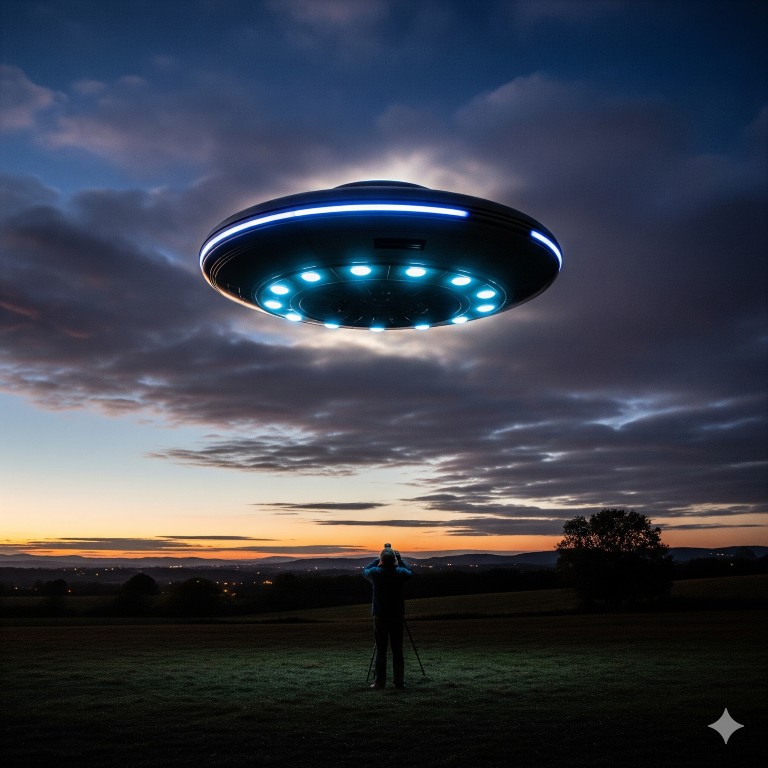How to Identify a Genuine UFO Sighting vs. a Hoax

In an age of advanced video editing software and readily available drones, discerning a genuine UFO sighting from a hoax can be a significant challenge. However, a systematic approach can help separate credible reports from misinformation. One of the most important factors is the quality and nature of the evidence. A clear, stable video with multiple camera angles is far more credible than a blurry, shaky one. Similarly, corroborating evidence from multiple witnesses who do not know each other adds weight to a report. Eyewitness accounts are strengthened when they come from trained observers, such as pilots, police officers, or military personnel, who are accustomed to identifying various aircraft and objects.
Beyond the evidence itself, the behavior of the object is a crucial indicator. Genuine UAPs often display flight characteristics that defy known human technology. This can include sudden accelerations or stops, instantaneous changes in direction at high speeds, and the ability to move silently. If a reported UFO is simply a light moving slowly across the sky, it’s far more likely to be a drone, a satellite, or a distant plane. Hoaxes often rely on a single, isolated event, while more credible sightings are sometimes supported by radar data or other technical readings.
Finally, the context of the sighting and the intent of the person sharing it can be telling. A credible sighting is often accompanied by detailed reports, a willingness to be interviewed, and a desire to contribute to scientific understanding. A hoax, on the other hand, might be revealed by a lack of detail, a clear motive for financial gain or attention, or the use of common visual effects. By scrutinizing these elements—the evidence, the object’s behavior, and the context—it’s possible to navigate the sea of UFO reports and identify those that warrant serious consideration.


